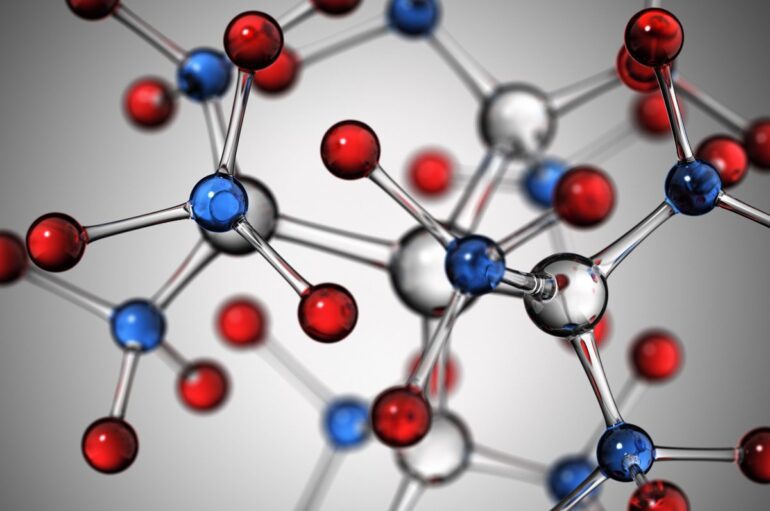TL;DR:
- AI system predicts smells based on molecular structures, mirroring human scent perception.
- Researchers developed AI neural network to associate odor descriptors with chemical structures.
- Artificial intelligence identifies 250 correlations between structural patterns and aromas.
- Principal Odour Map (POM) was created for AI to predict the scents of new molecules.
- Human verification shows AI predictions often match or surpass human responses.
- AI’s potential in industries like food and cleaning products, yet gaps in understanding remain.
- Challenges lie ahead in deciphering complex scent blends using computational methods.
Main AI News:
Advancements in artificial intelligence are reshaping the landscape of scent analysis, as researchers develop a system that can predict the smells of chemical compounds based solely on their molecular structures. This ground-breaking technology bears a striking resemblance to the assessments of expert human smell testers. In a new horizon for both the fragrance industry and neurological understanding, this innovation offers potential avenues for crafting novel scents and delving into the intricacies of olfactory perception.
The Innovative Breakthrough A pivotal study spotlighted in Science introduces an innovative approach to understanding smells through artificial intelligence. By meticulously examining molecular configurations, scientists have created an AI-based neural network capable of associating intricate descriptors such as ‘fruity’ or ‘grassy’ with over a thousand distinct chemical structures. In essence, this nascent guidebook of aromas provides a gateway for envisioning new synthetic fragrances and unraveling the enigma of how the human brain processes scent-related information.
The Distinctive Power of Smell Among the sensory inputs that journey from their respective organs to the brain, smells uniquely navigate a direct route from the nose to memory and emotion centers. This exceptional pathway is what bestows scents with the power to evoke vivid memories and emotions. Alexander Wiltschko, a neurobiologist and the driving force behind Osmo, a pioneering company spun off from Google Research, shares his insights into the distinctiveness of the olfactory experience. Wiltschko’s venture focuses on engineering novel odorants, and he acknowledges the extraordinary role of smell in our lives.
Decoding Structure-Scent Links Wiltschko’s Osmo venture, along with a dedicated team, embarked on a journey to uncover the intricate relationship between chemical structures and their associated odors. Their endeavor led to the creation of a neural network capable of assigning a spectrum of 55 descriptive words, ranging from ‘fishy’ to ‘winey,’ to a diverse array of odorants. Through comprehensive analysis, the AI processed nearly 5,000 odorant profiles and their corresponding molecular structures. The outcome was a revelation of approximately 250 correlations connecting specific structural patterns with distinct aromas, amalgamated into a Principal Odour Map (POM). This map now serves as a resource that the AI consults to predict the scent of entirely new molecules.
Human Verification and Beyond To validate the AI’s predictions, a group of 15 volunteers were trained to match fragrances with the same set of descriptive terms employed by the AI. The ensuing step involved assessing hundreds of odorants that are not found in nature but are familiar enough for human description. The volunteers were tasked with describing 323 such odorants, while the AI was entrusted with predicting the scents based solely on their chemical configurations. Remarkably, the AI’s predictions often aligned closely with the consensus derived from human responses, often surpassing individual judgments.
Charting Future Trajectories Stuart Firestein, a distinguished neuroscientist at Columbia University, commends this breakthrough in machine learning and envisions its application as a valuable reference tool across industries such as food and cleaning products. However, Firestein points out the gap in understanding the biological intricacies of olfaction. Despite the AI’s grasp of chemical and cognitive realms, the intermediary aspects of scent perception remain enigmatic.
Pablo Meyer, a systems biologist affiliated with the IBM Center for Computational Health, acknowledges the paper’s innovative utilization of language to bridge the gap between structures and subjective aromas. However, he diverges on the notion of a definitive interpretation of smell, asserting its inherently personal nature.
The Road Ahead For Alexander Wiltschko and his team, the journey doesn’t end here. The next frontier lies in deciphering how odorants intermingle and vie with one another, culminating in a complex aroma unique from its constituent parts. The computational challenges loom large, as mixing a mere hundred molecules in varying combinations begets a staggering 17 trillion permutations. Yet, the essence of human olfaction is encapsulated within these complexities, and the aspiration to predict the bouquet of intricate blends is what propels this pioneering effort into uncharted territories.
Conclusion:
The integration of artificial intelligence into fragrance analysis opens new possibilities for diverse industries, with potential applications in product development and design. While the AI’s predictions align with human responses, the intricate biology of smell still poses questions. As the AI landscape evolves, bridging the gap between chemical structure and scent perception may reshape market dynamics, offering innovative opportunities for tailored fragrance experiences and enhanced consumer engagement.

